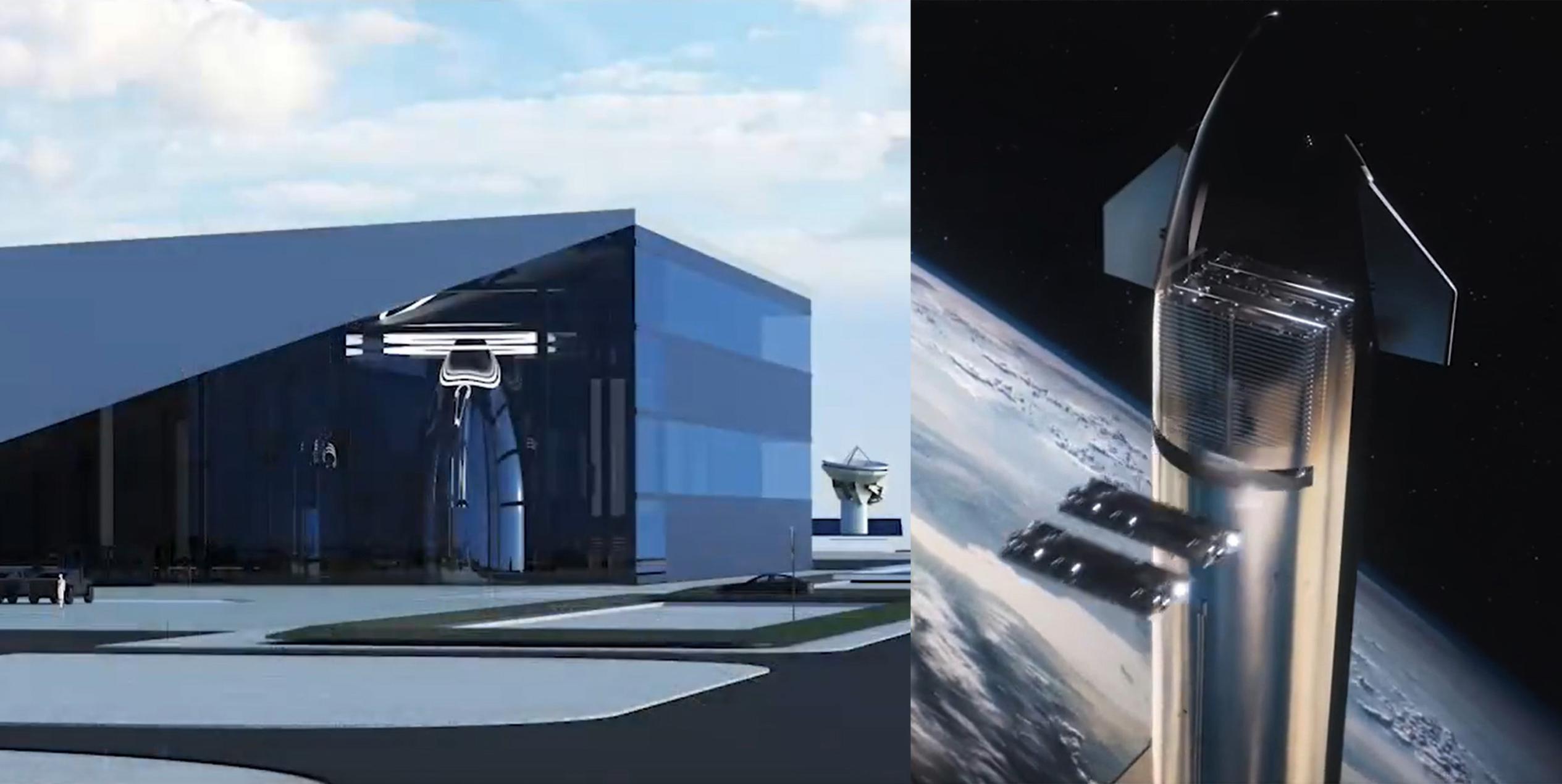
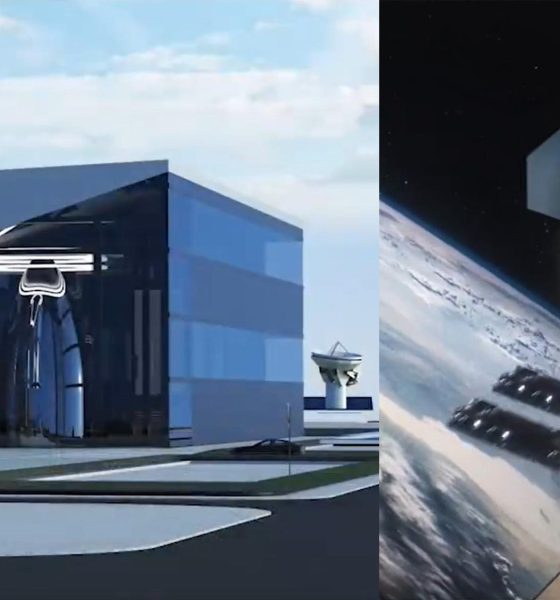
News
SpaceX CEO Elon Musk teases next-gen Starlink satellites, Starship factories
CEO Elon Musk has shared a slideshow from a recent SpaceX all-hands meeting, revealing the company’s current priorities, sources of pride, and the first official renders of a few future projects.
Falcon and Dragon
The last seven or so months have been a landmark period for SpaceX’s workhorse Falcon 9 rocket. For the first time ever, the company is actually matching or exceeding extremely lofty launch cadence targets publicly revealed by Musk earlier this year. In the first five months of 2022, SpaceX has completed 22 successful launches. In the last seven months, SpaceX has completed 30 launches. SpaceX also has at least five launches nominally planned for June, meaning that the company is on track to launch just over once per week in the first half of the year after Musk revealed a goal of 52-60 launches in 2022.
SpaceX’s Dragon spacecraft continue to excel, as well. Cargo Dragon is on the brink of its 26th space station cargo delivery, while Crew Dragon remains the United States’ only way to launch NASA astronauts to the International Space Station it spent tens of billions of dollars to help build. Crew Dragon’s private career is also off to an excellent start, with two all-private launches already down and a third and fourth planned in late 2022 and early 2023 on top of regular NASA transport missions.
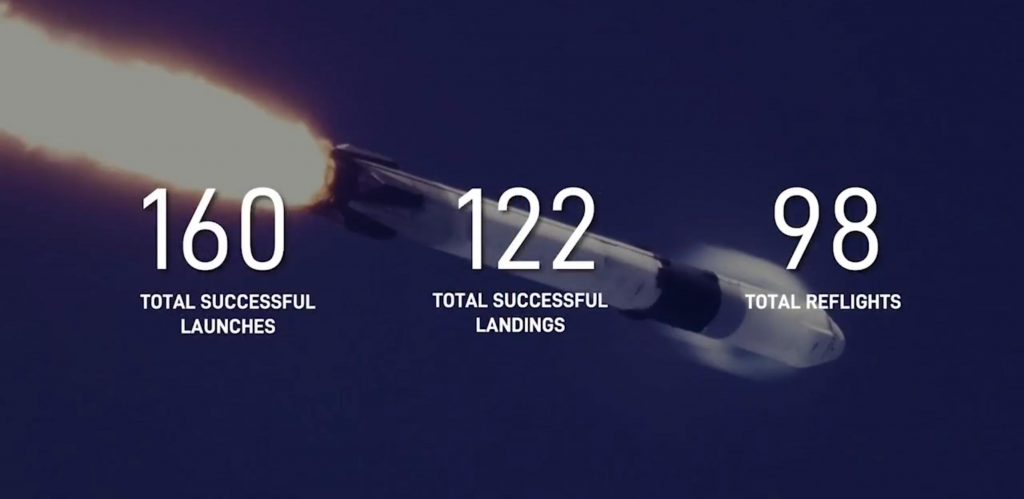
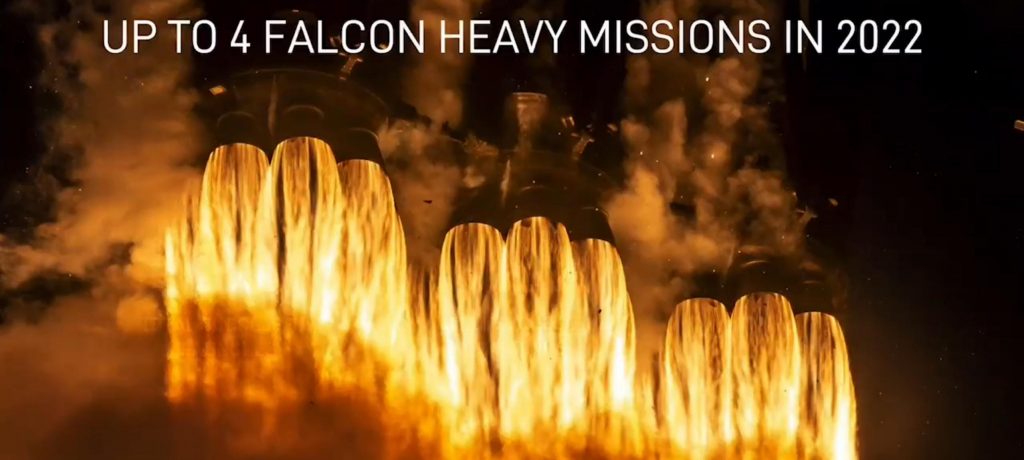
Starlink
According to Musk’s slide deck, SpaceX’s Starlink satellite internet constellation has secured close to half a million customers in 32 countries two and a half years after operational satellite launches began. The constellation has almost 2400 working satellites in orbit, of which almost 1800 are operational. There’s a good chance that half of all active satellites will be owned and operated by SpaceX within the next few months. SpaceX has also delivered more than 15,000 Starlink dishes to war-torn Ukraine and announced its first airline connectivity partnerships within the last few months.
Lastly, the CEO published the first official renders of SpaceX’s next-generation Starlink V2.0 satellites and the massive Pez dispenser-style mechanism Starships will initially use to deploy the massive spacecraft in orbit. Based on the renders, SpaceX appears to have more or less upscaled its existing rectangular Starlink V1.x satellite design by a factor of two, producing a spacecraft that will measure about 7 x 3 meters (23 x 10 ft). Curiously, the Starlink dispenser and tiny payload ‘slot’ shown only appear to allow Starship to carry around 60 satellites, suggesting that the company will need to develop a different deployment method to achieve its ultimate goal of launching 110-120 satellites at once.

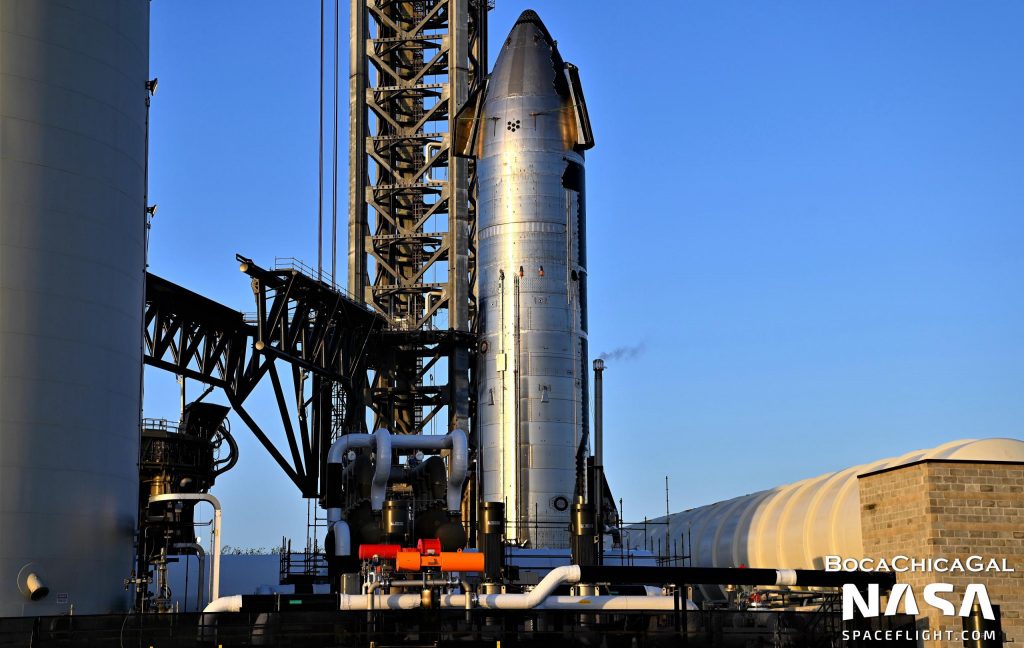
Starship
Finally, on top of sharing the first photo of Raptor engine installation on Super Heavy Booster 7, which could support Starship’s first orbital launch attempt later this year, Musk also revealed the first official renders of a pair of next-generation Starship factories SpaceX has already begun building. In South Texas, SpaceX is both expanding its existing Starship factory and replacing the three main sprung structures (tents) where most pre-stacking work has been done for the last two years with a single massive, permanent building.
At a new and rapidly growing SpaceX facility located on NASA Kennedy Space Center property, the company is simultaneously building a second next-generation Starship factory to supply multiple planned Florida launch sites with their own Starships and Super Heavy boosters.
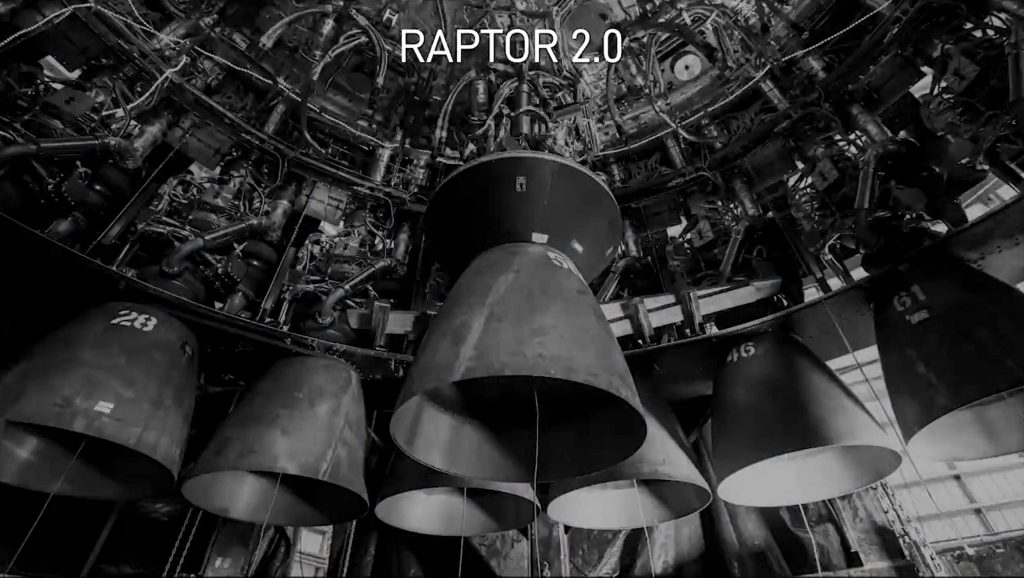
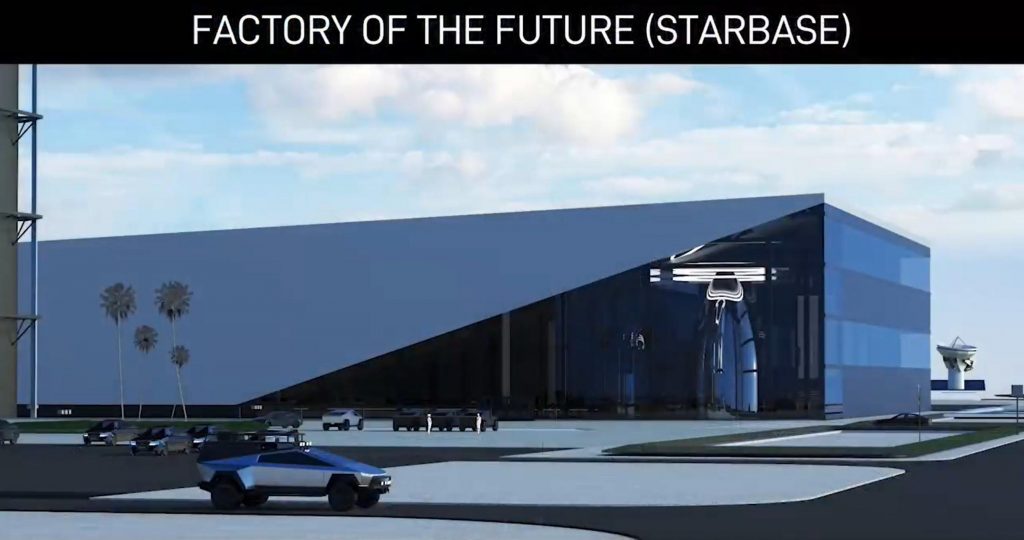
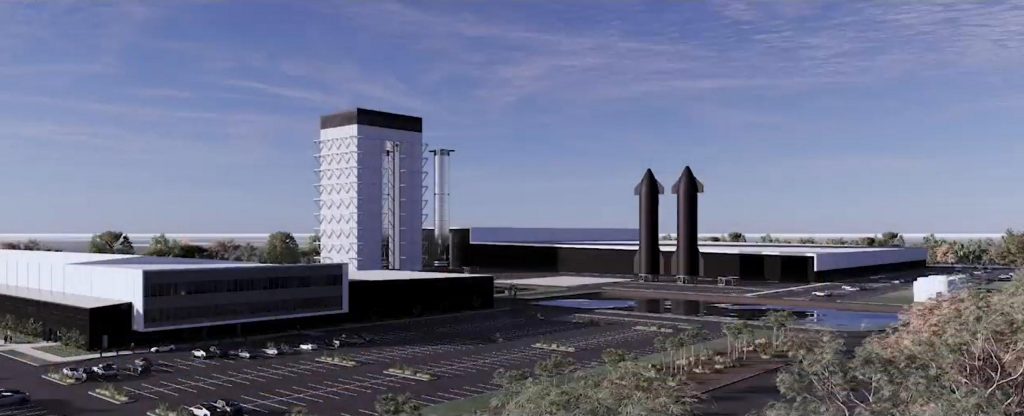

News
Tesla Full Self-Driving (FSD) testing gains major ground in Spain
Based on information posted by the Dirección General de Tráfico (DGT), it appears that Tesla is already busy testing FSD in the country.
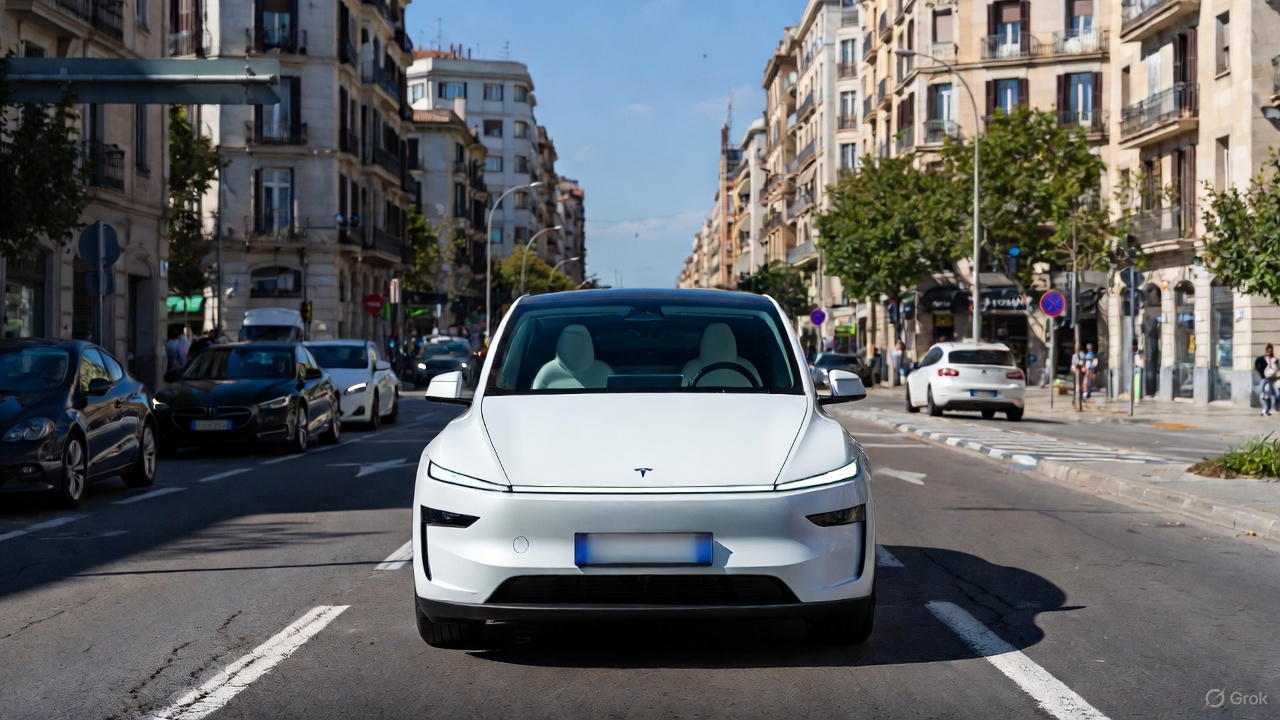
Tesla’s Full Self-Driving (Supervised) program is accelerating across Europe, with Spain emerging as a key testing hub under the country’s new ES-AV framework program.
Based on information posted by the Dirección General de Tráfico (DGT), it appears that Tesla is already busy testing FSD in the country.
Spain’s ES-AV framework
Spain’s DGT launched the ES-AV Program in July 2025 to standardize testing for automated vehicles from prototypes to pre-homologation stages. The DGT described the purpose of the program on its official website.
“The program is designed to complement and enhance oversight, regulation, research, and transparency efforts, as well as to support innovation and advancements in automotive technology and industry. This framework also aims to capitalize on the opportunity to position Spain as a pioneer and leader in automated vehicle technology, seeking to provide solutions that help overcome or alleviate certain shortcomings or negative externalities of the current transportation system,” the DGT wrote.
The program identifies three testing phases based on technological maturity and the scope of a company’s operations. Each phase has a set of minimum eligibility requirements, and applicants must indicate which phase they wish to participate in, at least based on their specific technological development.
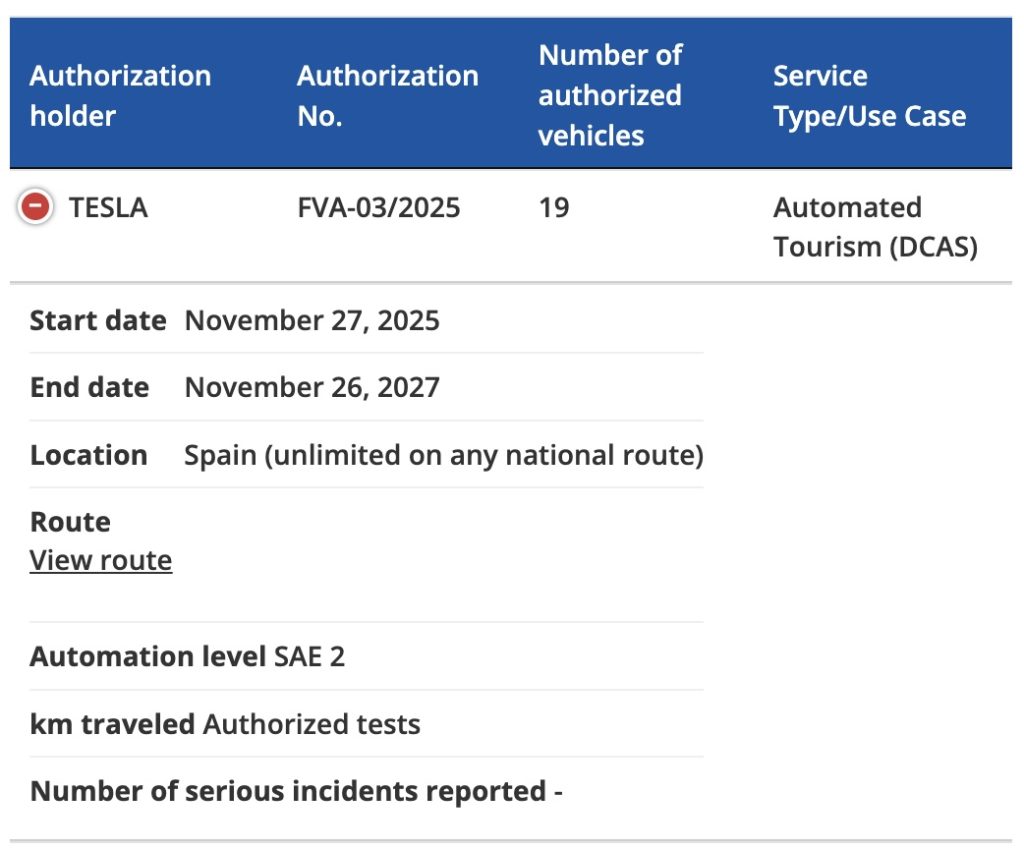
Tesla FSD tests
As noted by Tesla watcher Kees Roelandschap on X, the DGT’s new framework effectively gives the green flight for nationwide FSD testing. So far, Tesla Spain has a total of 19 vehicles authorized to test FSD on the country’s roads, though it would not be surprising if this fleet grows in the coming months.
The start date for the program is listed at November 27, 2025 to November 26, 2027. The DGT also noted that unlimited FSD tests could be done across Spain on any national route. And since Tesla is already in Phase 3 of the ES-AV Program, onboard safety operators are optional. Remote monitoring would also be allowed.
Tesla’s FSD tests in Spain could help the company gain a lot of real-world data on the country’s roads. Considering the scope of tests that are allowed for the electric vehicle maker, it seems like Spain would be one of the European countries that would be friendly to FSD’s operations. So far, Tesla’s FSD push in Europe is notable, with the company holding FSD demonstrations in Germany, France, and Italy. Tesla is also pushing for national approval in the Netherlands in early 2026.
News
Tesla FSD V14.2.1 is earning rave reviews from users in diverse conditions
Tesla’s Full Self-Driving (Supervised) software continues its rapid evolution, with the latest V14.2.1 update drawing widespread praise.

Tesla’s Full Self-Driving (Supervised) software continues its rapid evolution, with the latest V14.2.1 update drawing widespread praise for its smoother performance and smarter decision-making.
Videos and firsthand accounts from Tesla owners highlight V14.2.1 as an update that improves navigation responsiveness, sign recognition, and overall fluidity, among other things. Some drivers have even described it as “more alive than ever,” hinting at the system eventually feeling “sentient,” as Elon Musk has predicted.
FSD V14.2.1 first impressions
Early adopters are buzzing about how V14.2.1 feels less intrusive while staying vigilant. In a post shared on X, Tesla owner @LactoseLunatic described the update as a “huge leap forward,” adding that the system remains “incredibly assertive but still safe.”
Another Tesla driver, Devin Olsenn, who logged ~600 km on V14.2.1, reported no safety disengagements, with the car feeling “more alive than ever.” The Tesla owner noted that his wife now defaults to using FSD V14, as the system is already very smooth and refined.
Adverse weather and regulatory zones are testing grounds where V14.2.1 shines, at least according to testers in snow areas. Tesla watcher Sawyer Merritt shared a video of his first snowy drive on unplowed rural roads in New Hampshire, where FSD did great and erred on the side of caution. As per Merritt, FSD V14.2.1 was “extra cautious” but it performed well overall.
Sign recognition and freeway prowess
Sign recognition also seemed to show improvements with FSD V14.2.1. Longtime FSD tester Chuck Cook highlighted a clip from his upcoming first-impressions video, showcasing improved school zone behavior. “I think it read the signs better,” he observed, though in standard mode, it didn’t fully drop to 15 mph within the short timeframe. This nuance points to V14.2.1’s growing awareness of temporal rules, a step toward fewer false positives in dynamic environments.
FSD V14.2.1 also seems to excel in high-stress highway scenarios. Fellow FSD tester @BLKMDL3 posted a video of FSD V14.2.1 managing a multi-lane freeway closure due to a police chase-related accident. “Perfectly handles all lanes of the freeway merging into one,” the Tesla owner noted in his post on X.
FSD V14.2.1 was released on Thanksgiving, much to the pleasant surprise of Tesla owners. The update’s release notes are almost identical to the system’s previous iteration, save for one line item read, “Camera visibility can lead to increased attention monitoring sensitivity.”
News
Tesla FSD Supervised ride-alongs in Europe begin in Italy, France, and Germany
The program allows the public to hop in as a non-driving observer to witness FSD navigate urban streets firsthand.

Tesla has kicked off passenger ride-alongs for Full Self-Driving (Supervised) in Italy, France and Germany. The program allows the public to hop in as a non-driving observer to witness FSD navigate urban streets firsthand.
The program, detailed on Tesla’s event pages, arrives ahead of a potential early 2026 Dutch regulatory approval that could unlock a potential EU-wide rollout for FSD.
Hands-Off Demos
Tesla’s ride-along invites participants to “ride along in the passenger seat to experience how it handles real-world traffic & the most stressful parts of daily driving, making the roads safer for all,” as per the company’s announcement on X through its official Tesla Europe & Middle East account.
Sign-ups via localized pages offer free slots through December, with Tesla teams piloting vehicles through city streets, roundabouts and highways.
“Be one of the first to experience Full Self-Driving (Supervised) from the passenger seat. Our team will take you along as a passenger and show you how Full Self-Driving (Supervised) works under real-world road conditions,” Tesla wrote. “Discover how it reacts to live traffic and masters the most stressful parts of driving to make the roads safer for you and others. Come join us to learn how we are moving closer to a fully autonomous future.”
Building trust towards an FSD Unsupervised rollout
Tesla’s FSD (Supervised) ride-alongs could be an effective tool to build trust and get regular car buyers and commuters used to the idea of vehicles driving themselves. By seating riders shotgun, Tesla could provide participants with a front row seat to the bleeding edge of consumer-grade driverless systems.
FSD (Supervised) has already been rolled out to several countries, such as the United States, Canada, Australia, New Zealand, and partially in China. So far, FSD (Supervised) has been received positively by drivers, as it really makes driving tasks and long trips significantly easier and more pleasant.
FSD is a key safety feature as well, which became all too evident when a Tesla driving on FSD was hit by what seemed to be a meteorite in Australia. The vehicle moved safely despite the impact, though the same would likely not be true had the car been driven manually.









